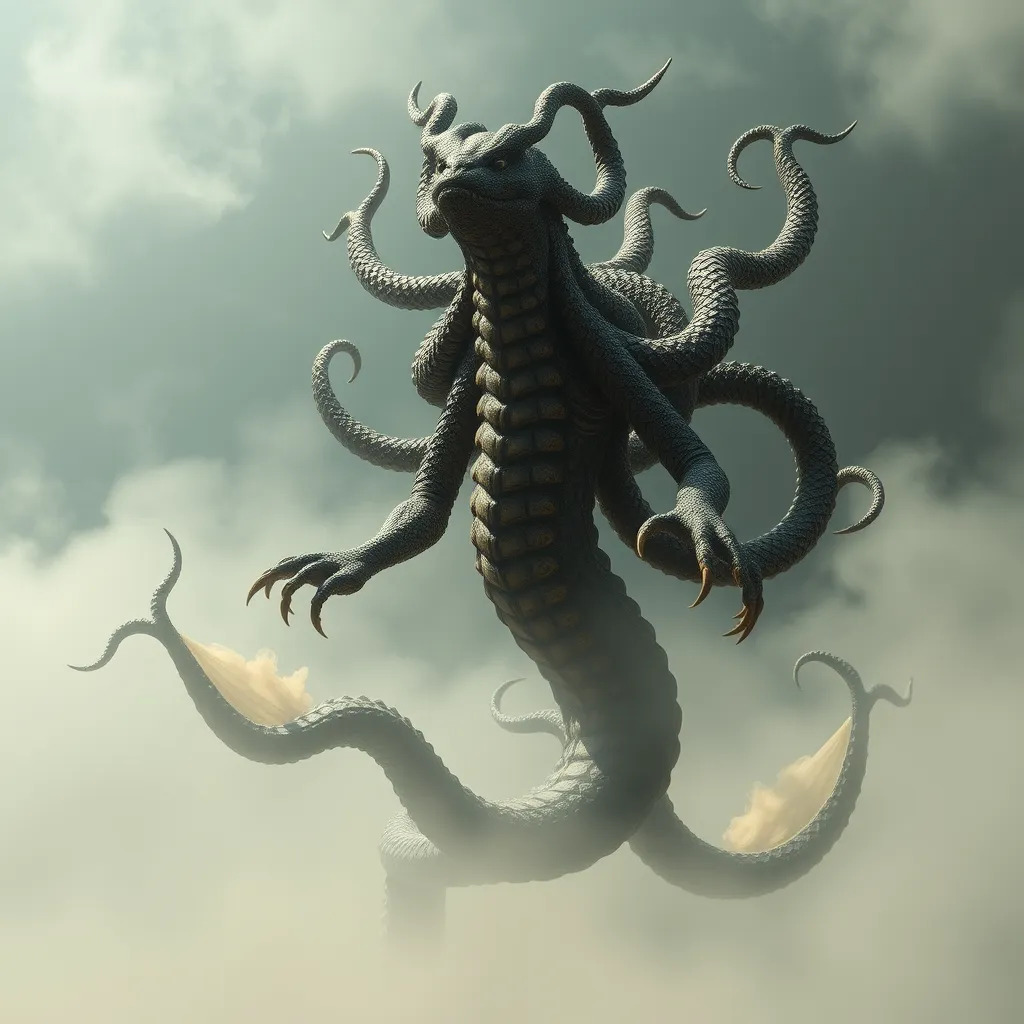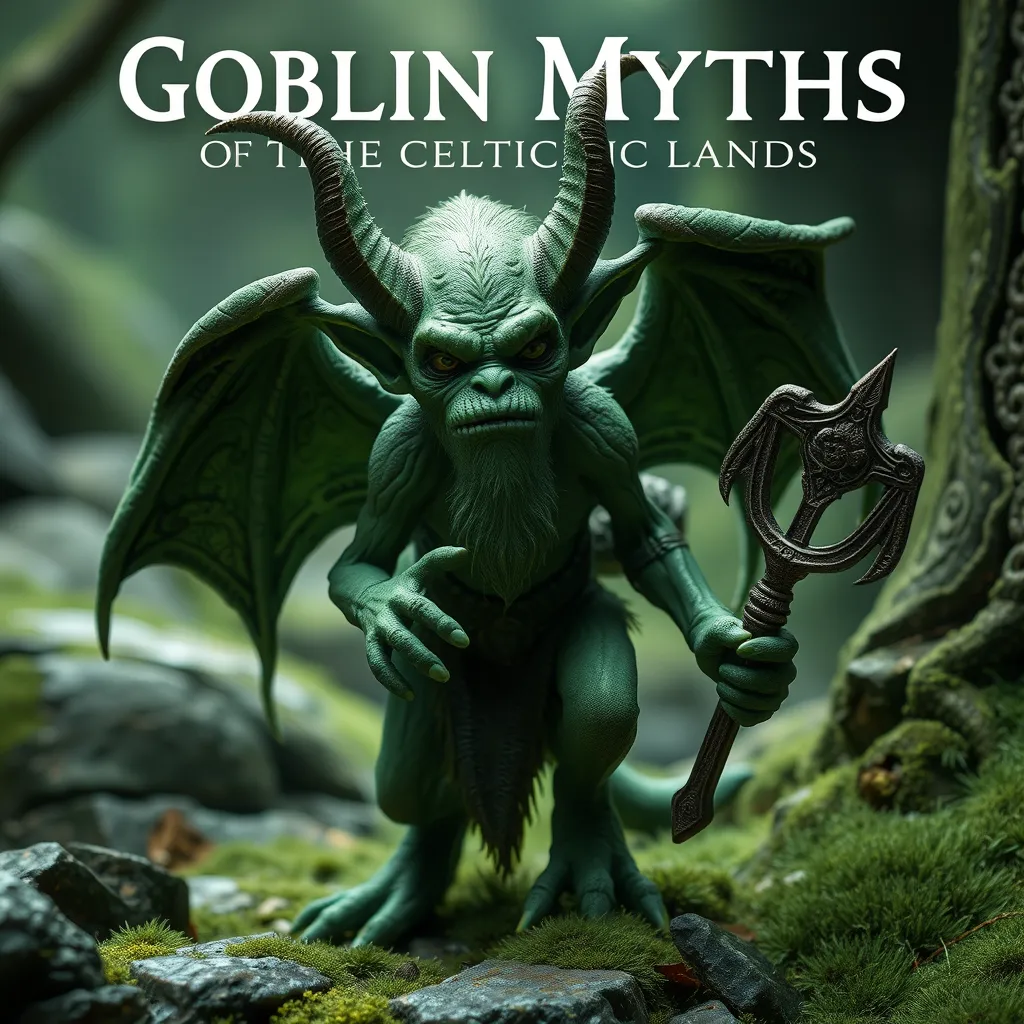Itzamná and the Sacred Mayan Calendar: A Journey through Time
I. Introduction
The Mayan civilization, known for its remarkable achievements in architecture, mathematics, and astronomy, also held a rich tapestry of mythology. Central to this mythology is Itzamná, a revered deity who embodies wisdom and creation. The Sacred Mayan Calendar, an intricate system that governed the lives of the Maya, is deeply intertwined with the figure of Itzamná, illustrating the profound relationship between time, spirituality, and agriculture in Mayan culture.
This article aims to explore the connection between Itzamná and the Sacred Mayan Calendar, delving into how this deity influenced the conception of time and its significance in the daily lives of the Maya.
II. The Mythological Significance of Itzamná
A. Who is Itzamná?
Itzamná is one of the principal deities in Mayan mythology, often depicted as an elderly man with a wise demeanor. He is considered the god of the sky, creation, and wisdom, playing a pivotal role in the Mayan pantheon. As a creator deity, Itzamná is believed to have brought forth the world and established the order of the universe.
B. Itzamná as a creator deity and god of wisdom
Itzamná’s wisdom is not only associated with knowledge but also with the understanding of time and the cycles of nature. He is often linked to the moon and the stars, symbolizing the passage of time and the changes it brings. The Maya regarded him as a guide in their spiritual and daily lives, reflecting the importance of wisdom in navigating both the physical and metaphysical realms.
C. Itzamná’s role in Mayan cosmology and society
In Mayan cosmology, Itzamná is seen as a transformer, shaping the world and influencing human fate. His wisdom was sought in matters of governance, agriculture, and rituals. Itzamná’s presence was felt in every aspect of life, from the seasonal cycles that dictated planting and harvesting to the rituals that ensured harmony with the cosmos.
III. The Structure of the Sacred Mayan Calendar
A. Explanation of the Tzolk’in and Haab’ cycles
The Sacred Mayan Calendar consists of two main cycles: the Tzolk’in and the Haab’.
- Tzolk’in: This 260-day cycle combines 20 day names with 13 numbers, creating a unique sequence of days that governs religious and ceremonial events.
- Haab’: This 365-day solar calendar comprises 18 months of 20 days each, plus a short month of 5 days, known as “Wayeb.” It is primarily used for agricultural purposes.
B. The significance of the Long Count calendar
The Long Count calendar is a linear system used to track longer periods of time, essential for historical record-keeping and major events. It consists of five units, allowing the Maya to express dates over millennia. This system reflects their sophisticated understanding of time as both cyclical and linear.
C. How the calendar reflects Mayan beliefs and practices
The Sacred Calendar is a testament to the Maya’s deep connection to their environment and spirituality. Each day in the Tzolk’in and Haab’ carries specific meanings and rituals, influencing decisions, agricultural practices, and religious observances. This intricate system serves as a roadmap for both temporal and spiritual journeys.
IV. Itzamná’s Influence on the Calendar
A. Itzamná’s association with time and cycles
Itzamná’s influence extends into the very fabric of the Sacred Calendar. His association with the cycles of time emphasizes the importance of understanding natural rhythms. The deity’s role in creation reinforces the idea that time is sacred and should be honored through rituals and observances.
B. Rituals and ceremonies linked to Itzamná and the calendar
Many rituals were dedicated to Itzamná, particularly during significant calendar dates. These ceremonies often involved offerings, prayers, and communal gatherings to seek his blessings for fertility, health, and prosperity. Important events, such as the planting of crops or the changing of seasons, were marked by these rituals, reinforcing the connection between Itzamná and the calendar.
C. The role of Itzamná in agricultural and ceremonial calendars
Itzamná was integral to both agricultural and ceremonial calendars. The planting and harvesting cycles were aligned with specific days in the Tzolk’in and Haab’, ensuring that agricultural activities occurred at optimal times. This alignment demonstrates the Mayans’ reliance on Itzamná for guidance in sustaining their communities.
V. The Calendar as a Tool for Understanding Time
A. The concept of cyclical time in Mayan culture
The Mayans viewed time as cyclical, where events are repeated in a continuous loop. This perspective is evident in their calendar systems, where every day, month, and year holds the potential for recurrence and renewal. Itzamná’s role in these cycles reflects the belief in a universe governed by patterns and rhythms.
B. How the Sacred Calendar guided daily life and spirituality
The Sacred Calendar informed every aspect of Mayan life. From agricultural practices to religious ceremonies, the calendar provided a framework for understanding the world. It dictated when to plant, when to celebrate, and when to seek guidance from the gods, including Itzamná.
C. Comparisons with other ancient calendar systems
While the Sacred Mayan Calendar is unique, it shares similarities with other ancient calendar systems, such as the Egyptian and Mesopotamian calendars. All these systems reflect the societies’ connections to their environment, spirituality, and the cosmos, emphasizing the universal human desire to understand and measure time.
VI. The Legacy of Itzamná and the Sacred Calendar
A. Historical impact on Mayan civilization
The influence of Itzamná and the Sacred Calendar on Mayan civilization was profound. The calendar was not only a tool for organizing time but also a means of cultural expression, identity, and continuity. It shaped social structures, agricultural practices, and religious beliefs, leaving a lasting impact on the civilization.
B. The enduring legacy in modern Mayan communities
Today, many modern Mayan communities continue to honor the traditions associated with Itzamná and the Sacred Calendar. Festivals, rituals, and agricultural practices still reflect the teachings of their ancestors, demonstrating the resilience of Mayan culture.
C. Itzamná and the calendar in contemporary cultural expressions
Itzamná’s influence can also be seen in contemporary art, literature, and spiritual practices within Mayan communities. Artists and storytellers draw upon the rich mythological heritage, keeping the legacy of Itzamná and the Sacred Calendar alive for future generations.
VII. Challenges in Understanding the Sacred Calendar Today
A. Misinterpretations and misconceptions
Despite its significance, the Sacred Mayan Calendar is often misinterpreted in popular culture. Misunderstandings about its structure and purpose can lead to oversimplifications that undermine its complexity and importance.
B. The impact of colonization and modernity on Mayan traditions
Colonization and modernization have posed significant challenges to the preservation of Mayan traditions, including the Sacred Calendar. Efforts to assimilate indigenous communities often resulted in the erosion of traditional knowledge and practices.
C. Efforts to revive and preserve Mayan calendrical knowledge
In recent years, there has been a resurgence of interest in preserving the Sacred Calendar and its associated knowledge. Community initiatives, educational programs, and cultural festivals aim to revitalize these ancient practices and ensure their continuity in modern society.
VIII. Conclusion
In summary, Itzamná plays a vital role in Mayan mythology and is intricately connected to the Sacred Mayan Calendar. Understanding this connection not only sheds light on the Mayan worldview but also highlights the importance of ancient timekeeping in shaping cultural identity and practices. As we reflect on this knowledge, it is crucial to appreciate and respect the rich heritage of the Maya, recognizing their teachings as valuable insights into the human experience.



